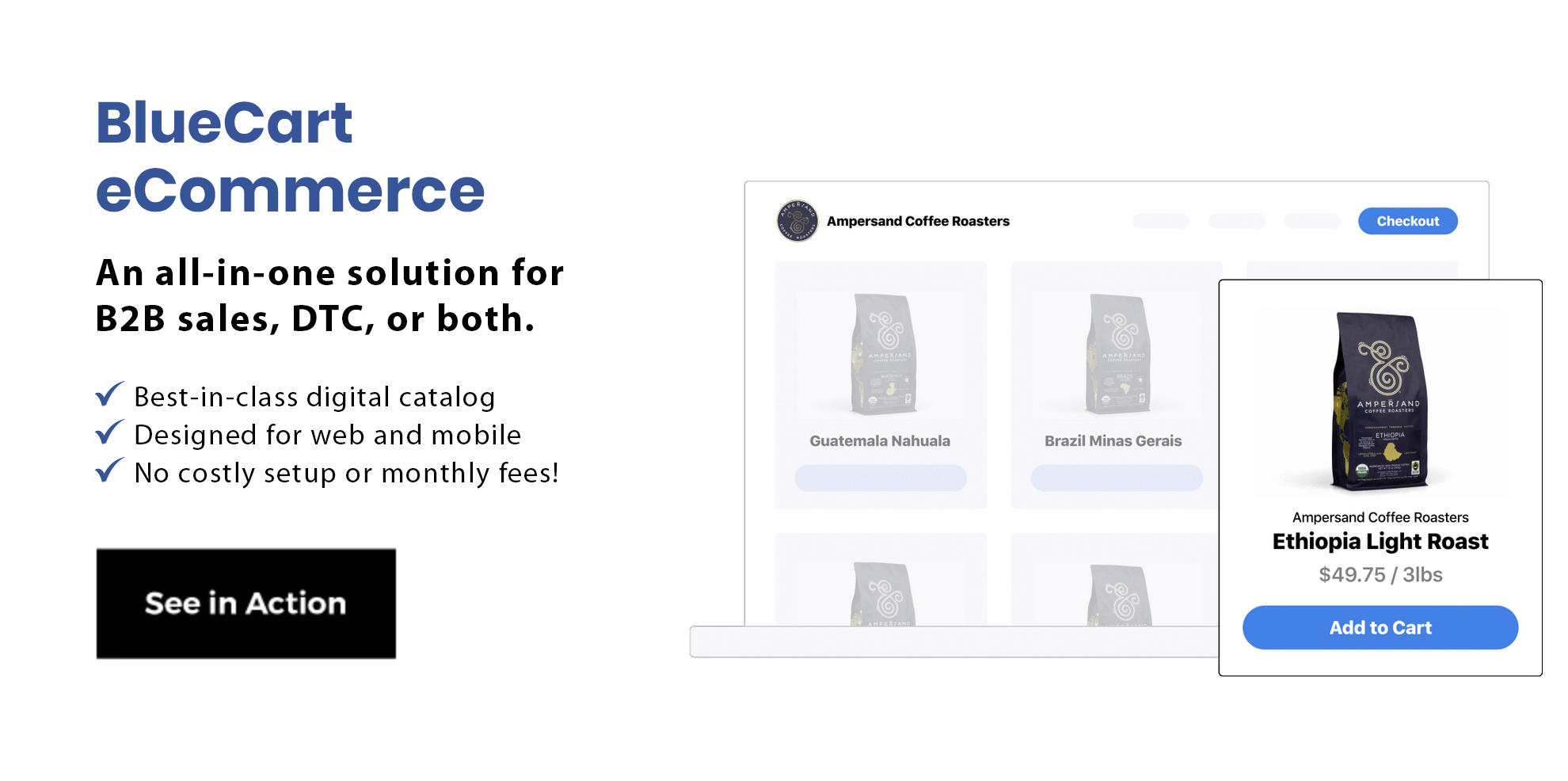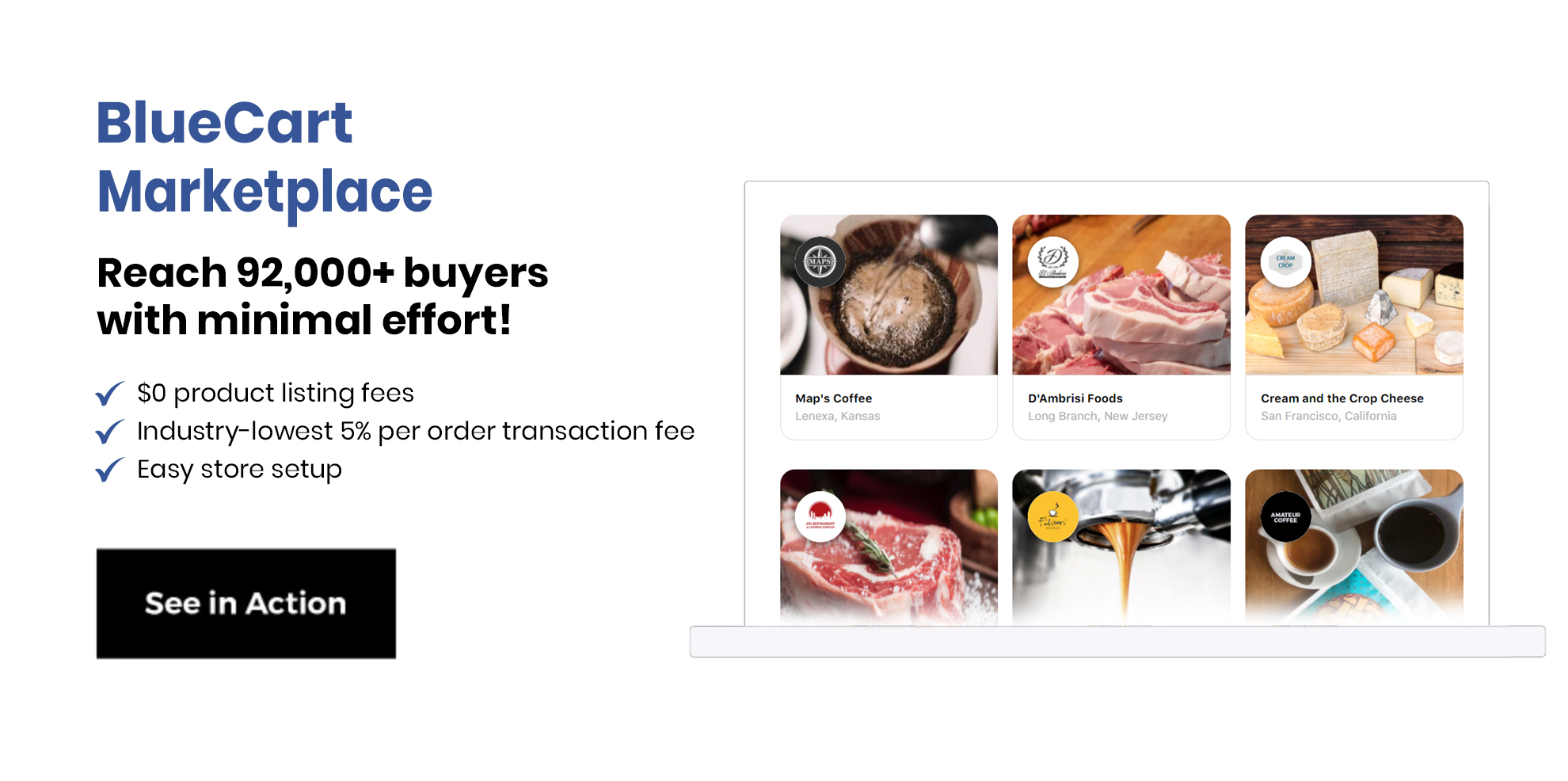Last-mile delivery is the shipping of goods from a warehouse or transportation hub to their final delivery destination. Usually, the final destination is the customer's doorstep.
The ultimate goal of last-mile delivery is to deliver goods to the customers while minimizing expenses. This last step of the delivery process is critical and should be efficient.
In this article, we cover the top 5 last-mile routing challenges and how to solve them.

Last-Mile Delivery Costs
The last mile of your delivery accounts for more than 53% of the total delivery costs. If your process isn't optimized, any inefficiencies can increase your overhead and reduce your profits.
During the height of the COVID-19 pandemic, many customers who had traditionally visited brick-and-mortar retailers in person began purchasing goods online. This forced e-commerce sellers to adapt to marketplace changes.
Amazon capitalized on the changing e-commerce marketplace and established high standards for the delivery process, putting pressure on other retailers to keep up.
Online retailers have been handling larger order volumes and considering the best strategy for managing their last-mile delivery costs.
Why are last-mile delivery costs so high?
Here are three reasons why last-mile delivery costs add up quickly:
- The average hourly pay for a delivery driver is between $16 and $24 per hour.
- The final stage of delivery for a small package in high-density delivery costs around $10.
- Large and heavy packages in low-density delivery cost around $50.
However, the expenses for heavy packages can quickly rise for big and bulky items or anything that requires installation. This data demonstrates why cost optimization is vital for e-commerce businesses.
A higher volume of online shipping can reduce overall profit margins.
Top 5 Last-Mile Routing Challenges and How to Solve Them
Door-to-door deliveries are not the same as shipping large volumes to a single location. The last mile has frequent stops in rural areas or highly congested urban areas. Some deliveries might also require installation and other services.
Last-mile delivery service should emphasize timely delivery and accuracy. One study found that 56% of shoppers won't buy from a brand again if they're unhappy with the shipping service.

Here are the top 5 last-mile routing challenges that businesses face:
1- High Delivery Expenses
Last-mile delivery can be expensive for both businesses and customers.
Setting up a process that supports timely deliveries can prove expensive for businesses. Shipping companies must spend money specifically on numerous shipping issues, including fleet operation, drivers' salaries, complex routes, extra stops along the delivery route, and failed deliveries. If an initial delivery attempt fails, it's rescheduled and doubles the costs for the shipping company.
For customers, expensive or extra delivery charges can discourage them from purchasing. It reflects a high cart abandonment rate for online purchases.
2- Late Deliveries
Delivery delays are a challenge for shipping companies that contributes to unwanted expenses. Late deliveries make customers dissatisfied, hurting a company's reputation and affecting their profit margins.
Companies need to design and implement a last-mile delivery plan that enables timely service. Over the past several years, customers' expectations for delivery experiences have become stricter.
People expect accurate ETAs, shorter delivery times, and shipment visibility along the entire transit route.
3- Lack of Transparency
Customers want to have access to the visibility of the delivery process. Buyers would like knowledge of the location of their purchase and an idea of when they'll receive it.
It's a vital step in ensuring customer loyalty and contributing to customer lifetime value (CLV).
4- Outdated Technology
Nearly half of all global shipping companies use outdated technology for last-mile delivery services. It's a contributing factor in high shipping costs and late deliveries.
5- Poor Route Planning and Efficiency
Route planning can be challenging, especially for beginners or people with limited experience. Consider numerous variables when planning delivery routes.
Poor route planning can contribute to higher shipping costs and delays. It results in customer dissatisfaction and a lower likelihood of repeat buying and brand loyalty.
The last-mile delivery process may be challenging, but there are ways to ensure efficiency and control of costs. You want to take every step possible to ensure smooth and timely deliveries for your valued customers.
Here are five ways to prevent or address last-mile delivery challenges:
1- Route Optimization Software
Utilize route optimization software to plan efficient routes for your deliveries.
Higher efficiency and better route planning will address high delivery expenses by avoiding delays in transportation. It helps businesses manage their fleets more effectively while increasing delivery capacity. With this in mind, route planning is also beneficial for tracking overnight and expedited shipping orders.
2- Centralize Logistics Data
Use route optimization software that displays various last-mile logistics data all in one place. It can include inventory availability and delivery timelines.
Centralized last-mile logistics data will help prevent shipping issues. These are all factors that directly affect operational efficiency and customer satisfaction.
It provides better insight for the shipping company to act when problems arise during the last-mile stage.
3- Provide Real-Time Driver Tracking
Customers expect transparency during the delivery process. It helps to provide them with real-time delivery management software that lets them track and view their driver's location in real-time.
Real-time driver tracking can alleviate the responsibility of customer service representatives who encounter confused and angry customers. Hardware units installed on the delivery vehicles enable customers to follow the progress of their deliveries, giving them peace of mind.
4- Automate Delivery Status Changes
By automating delivery status changes, you inform customers as soon as possible about a shift in ETA.
It's an example of how better visibility for the customer can alleviate their concern and questions about their delivery status.
Late delivery isn't ideal, but it's worse if the customer is unaware of changes in the delivery schedule.
5- Offer Additional Delivery Options
Creating additional delivery methods and options for your customers can boost customer satisfaction.
Some companies are outsourcing their deliveries to services like Instacart. Others partner with delivery services such as DoorDash and Postmates to offer same-day delivery services to their customers.
Amazon is known for its delivery lockers, while Home Depot has added delivery lockers in-store to pick up items. Many retailers believe that sourcing a product from a local store instead of a distribution center provides quicker deliveries.

Improve Last-Mile Delivery Strategy
Customers want their items delivered quickly and efficiently. Businesses must continue to search for new and effective ways to improve their last-mile delivery strategy.
This ensures their ability to meet customer expectations in the evolving world of e-commerce.